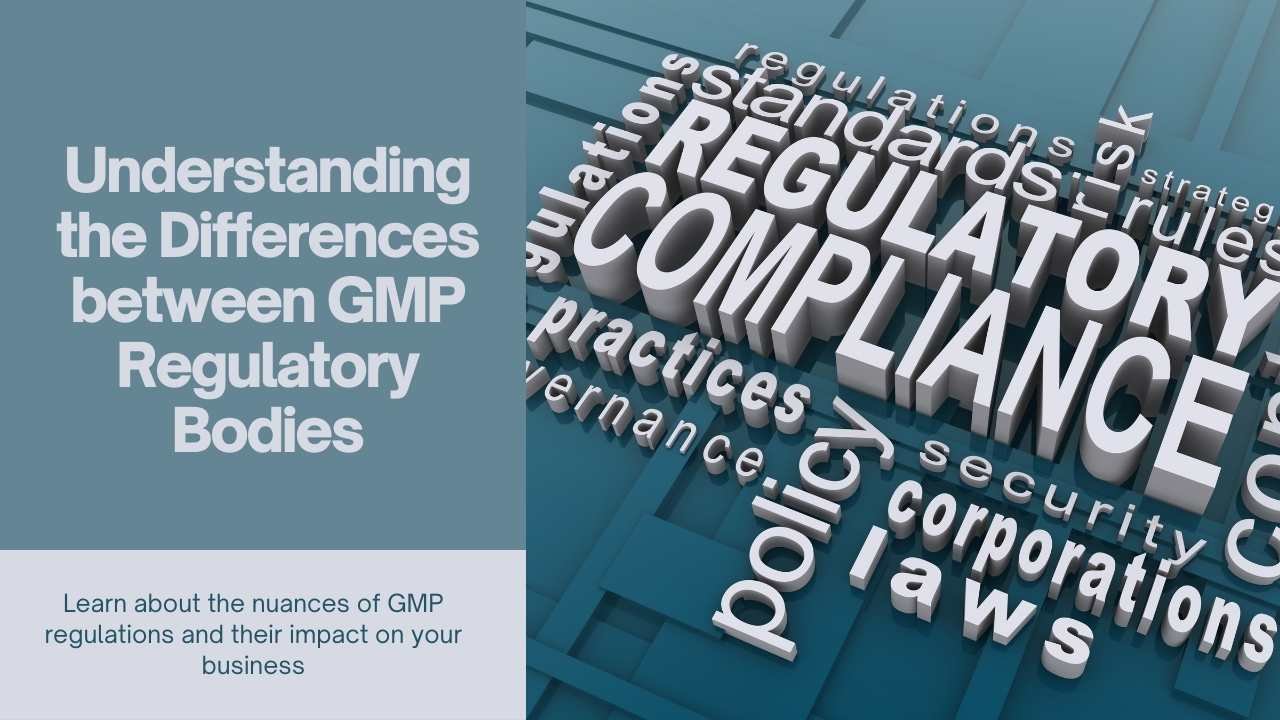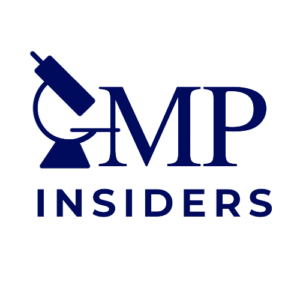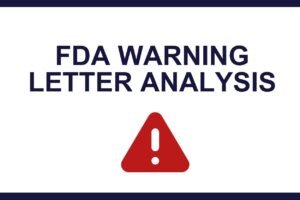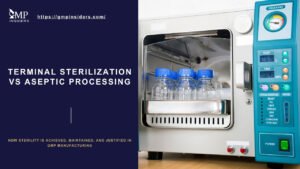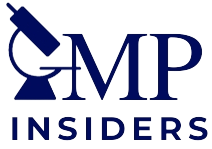GMP (Good Manufacturing Practice) regulations play a crucial role in ensuring the safety, quality, and efficacy of pharmaceutical and medical device products. These regulations are enforced by various regulatory bodies around the world, each with its own set of guidelines and inspection procedures.
In this article, we will explore the key differences between some of the major GMP regulatory bodies, including the European Union (EU) Inspection System, Mutual Recognition Agreements (MRAs), and cooperative initiatives like the Pan American Health Organization (PAHO)/World Health Organization (WHO) Latin American Initiative and the Pharmaceutical Inspection Cooperation Scheme (PIC/S).
Introduction to GMP Regulatory Bodies
GMP regulatory bodies are responsible for monitoring and enforcing compliance with GMP standards in the manufacturing of pharmaceutical products, medical devices, and biomedicines. These regulatory bodies play a crucial role in safeguarding public health and safety by ensuring that manufacturers follow established quality management systems and adhere to specific manufacturing practices.
The US Food and Drug Administration (FDA)
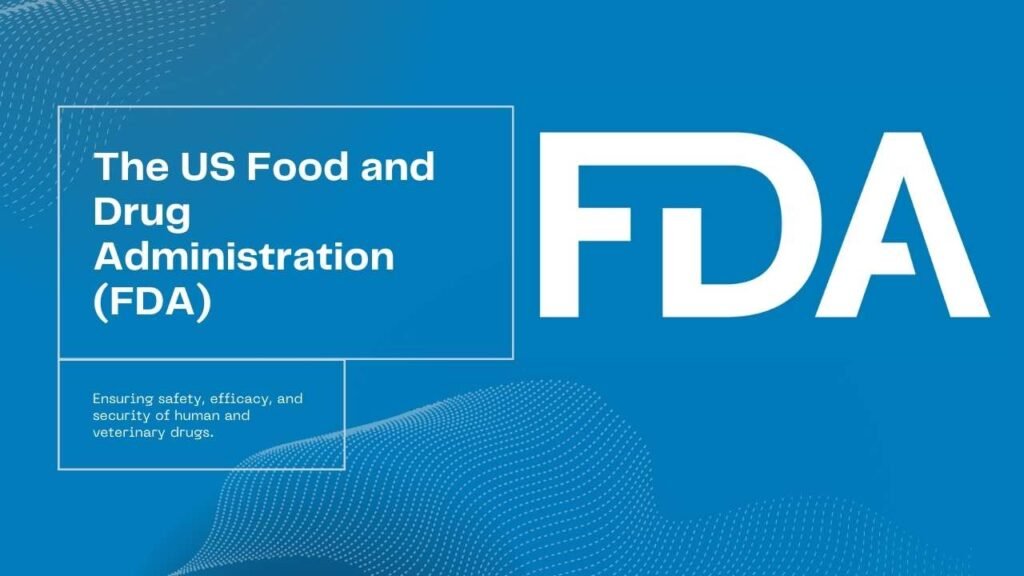
The Food and Drug Administration (FDA) is a regulatory agency within the United States Department of Health and Human Services responsible for safeguarding public health by ensuring the safety and efficacy of food, pharmaceuticals, and medical devices.
One of the key regulatory frameworks employed by the FDA is the Current Good Manufacturing Practice (cGMP) guidelines. cGMP sets the standard for the design, monitoring, and control of manufacturing processes and facilities, emphasizing the need for systematic and documented procedures to ensure product quality.
Compliance with cGMP is vital for manufacturers to produce safe and effective products.
Read our article to understand the key differences between GMP vs cGMP.
The European Medicines Agency (EMA)

The European Medicines Agency – EMA is the regulatory agency responsible for the evaluation and supervision of medicinal products in the European Union (EU). The EMA sets standards for GMP compliance and conducts inspections to ensure that manufacturers follow these standards. The EMA’s audits cover areas such as manufacturing processes, quality control, documentation, and validation.
The Medicines and Healthcare Products Regulatory Agency (MHRA)
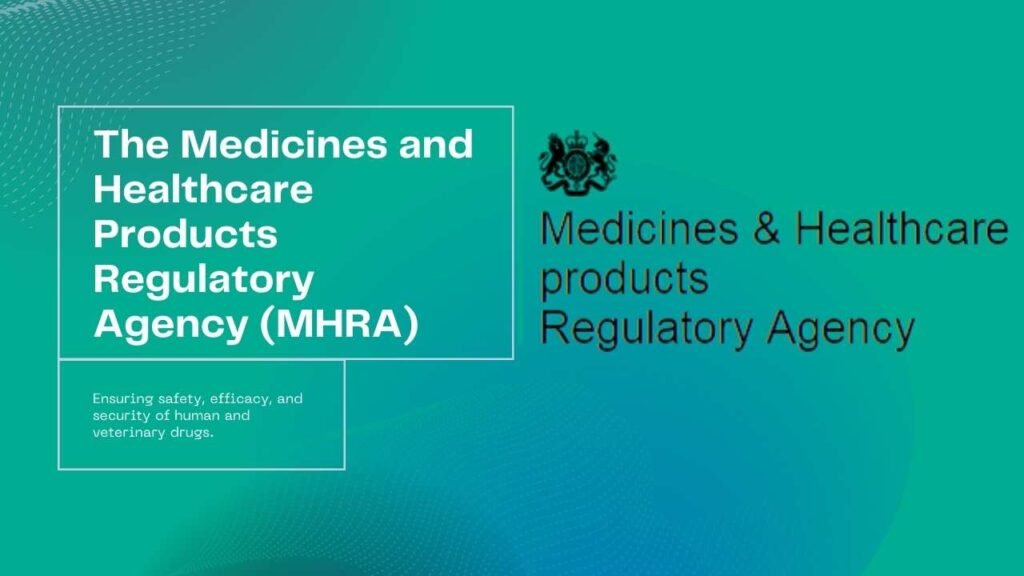
In the United Kingdom, the MHRA is the regulatory body responsible for regulating medicines, medical devices, and blood components for transfusion. The MHRA conducts GMP audits to assess compliance with GMP regulations and ensure the quality, safety, and efficacy of medicinal products.
The MHRA’s audits cover various areas, including manufacturing processes, quality control, facility design, and documentation.
The Australian Therapeutic Goods Administration (TGA)
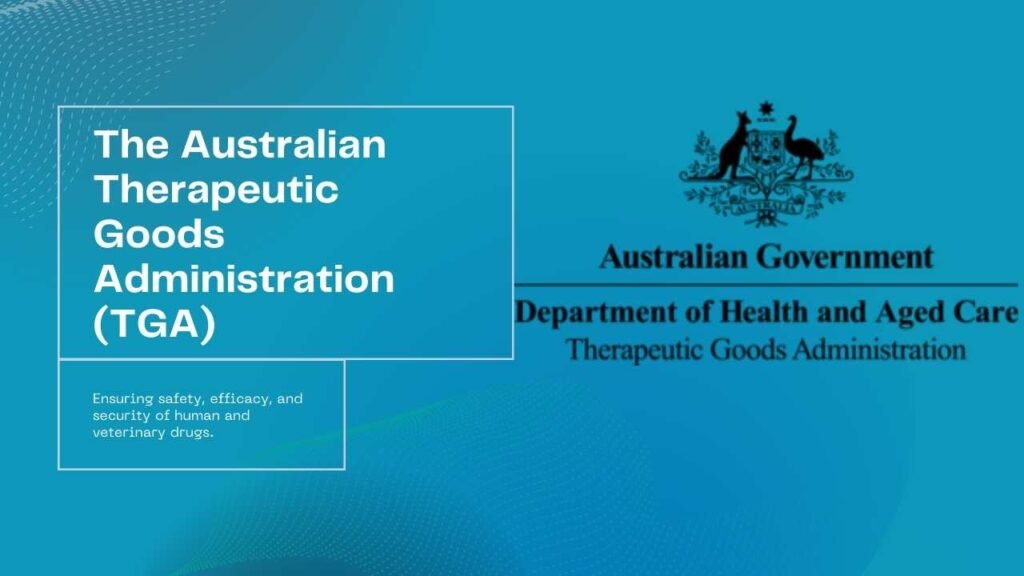
In Australia, the TGA is responsible for regulating the quality and safety of therapeutic goods, including pharmaceuticals and medical devices. The TGA conducts GMP audits to assess compliance with GMP regulations and ensure that manufacturers maintain consistent quality standards.
The TGA’s audits focus on various aspects, such as facility design, personnel training, documentation, and quality control procedures.
European Union (EU) Inspection System
The EU Inspection System is a single unified system that oversees GMP inspections in countries belonging to the European Union. This system involves the inspection of manufacturers of active pharmaceutical ingredients (APIs) and finished dosage forms.
The participating countries include Austria, Belgium, Bulgaria, Croatia, Cyprus, Czech Republic, Denmark, Estonia, Finland, France, Germany, Greece, Hungary, Iceland, Ireland, Italy, Latvia, Liechtenstein, Lithuania, Luxembourg, Malta, the Netherlands, Norway, Poland, Portugal, Romania, Slovakia, Slovenia, Spain, Sweden, and the United Kingdom.
Reliance on GMP Inspections
One of the key aspects of the EU Inspection System is the reliance on GMP inspections performed by any EU authority. This means that if a pharmaceutical manufacturer has already undergone a GMP inspection in one EU country, the inspection findings can be accepted by other EU countries without the need for additional inspections.
This approach promotes efficiency and reduces duplication of inspections.
Rapid Alert System
The EU Inspection System also includes a rapid alert system for quality defects. This system allows for the timely communication and dissemination of information regarding quality defects in pharmaceutical products. It enables regulatory authorities to take immediate action to address potential risks to public health.
Joint Audit Program
The EU Inspection System includes a joint audit program, which involves the collaboration of multiple regulatory authorities in conducting GMP audits. This program aims to harmonize inspection procedures and ensure consistent standards of compliance across EU countries.
Mutual Recognition Agreements (MRAs)
Mutual Recognition Agreements (MRAs) are legally binding treaties between participating countries or regions that facilitate the exchange of GMP certificates based on equivalent GMP compliance programs.
These agreements promote mutual recognition and acceptance of GMP inspections, reducing the need for duplicate inspections and fostering cooperation among regulatory authorities. MRAs can cover both human and veterinary products.
Bilateral Agreements
MRAs are typically bilateral agreements between individual countries or regions. These agreements establish a framework for the recognition of GMP certificates and inspection reports, allowing regulatory authorities to rely on inspections conducted by their counterparts in other countries.
Ongoing Communication
To ensure the effectiveness of MRAs, participating countries engage in ongoing communication and cooperation. This includes regular meetings, exchange of annual maintenance reports, and ad hoc meetings to address specific issues or challenges.
Examples of MRAs
One example of an MRA is the Association of Southeast Asian Nations (ASEAN) MRA, which promotes the recognition of GMP inspections among the 10 ASEAN Member States. This agreement covers medicinal products in finished dosage forms and aims to harmonize GMP standards within the region.
Another example is the EMA/FDA/TGA API program, which involves the cooperation and mutual reliance of the European Medicines Agency (EMA), the U.S. Food and Drug Administration (FDA), and the Australian Therapeutic Goods Administration (TGA) for the inspection of API manufacturers located outside their respective regions.
Cooperation-Focused Initiatives
In addition to the EU Inspection System and MRAs, there are various cooperation-focused initiatives aimed at strengthening GMP regulations and fostering collaboration among regulatory authorities.
Pan American Health Organization (PAHO)/WHO Latin American Initiative
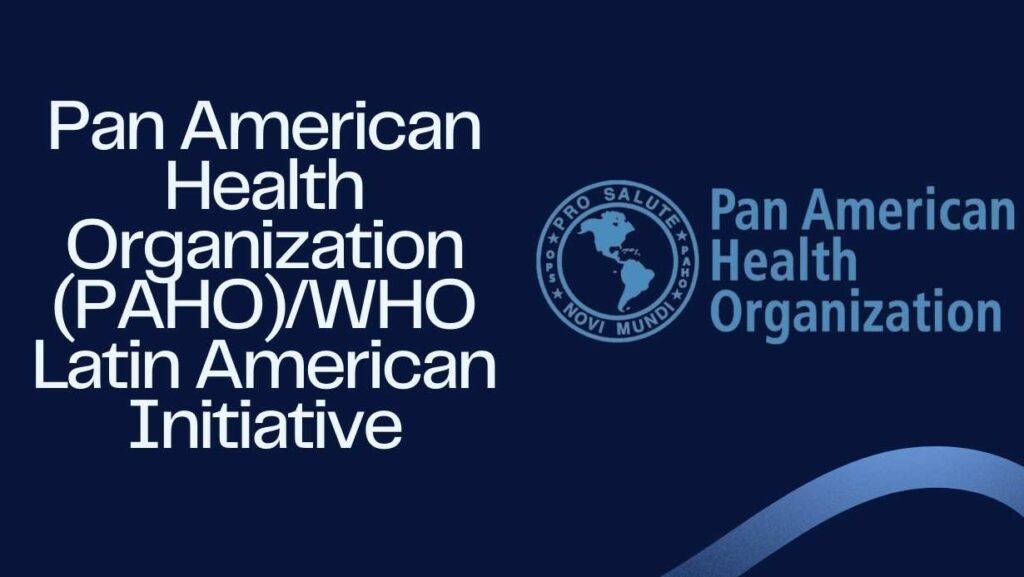
The PAHO/WHO Latin American Initiative focuses on establishing cooperation mechanisms to strengthen the steering role of national regulatory authorities in Central American and Caribbean countries. The initiative includes technical cooperation on marketing authorization and inspections and periodic audits of national regulatory capabilities.
EMA/FDA Finished Products Program
The EMA/FDA Finished Products Program aims to enhance international collaboration and share inspection capacity between the European Medicines Agency (EMA) and the U.S. Food and Drug Administration (FDA). This program allows for joint inspections and reliance on inspections conducted by other authorities, reducing duplication and ensuring efficient use of resources.
Pharmaceutical Inspection Cooperation Scheme (PIC/S)

The Pharmaceutical Inspection Cooperation Scheme (PIC/S) is an international cooperation platform that focuses on developing and promoting harmonized GMP standards, training GMP inspectors, and facilitating cooperation among regulatory authorities. PIC/S initially covered medicinal products for human use but has expanded to include some veterinary authorities.
Key Functions of PIC/S
PIC/S serves several key functions, including the development of harmonized GMP standards and guidance documents, training of GMP inspectors, assessment and reassessment of GMP inspectorates, and facilitating cooperation and networking among regulatory authorities.
PIC/S also covers good distribution practice (GDP) and has recently added good clinical practice (GCP) and good pharmacovigilance practice (GPvP) to its mandate.
The Role of GMP Regulatory Bodies in Public Health and Safety
GMP regulatory bodies play a crucial role in protecting public health and safety by ensuring that pharmaceutical products, medical devices, and biomedicines meet the necessary quality standards.
Through GMP audits, these regulatory bodies assess compliance with GMP regulations, identify non-compliance issues, and enforce corrective actions. By upholding GMP standards, regulatory bodies help prevent the distribution of substandard or unsafe products, thereby safeguarding public health.
Medication Safety
GMP regulations and audits are essential for ensuring medication safety. By enforcing compliance with quality standards, regulatory bodies help minimize the risk of substandard or contaminated medications reaching patients.
GMP audits assess manufacturing processes, quality control measures, and documentation practices to ensure that medications are produced in a safe and consistent manner.
Device Efficacy and Safety
For medical devices, GMP compliance is crucial for ensuring their efficacy and safety. Regulatory bodies assess device manufacturing processes, facility design, and quality control procedures to ensure that devices meet the necessary standards.
GMP audits help identify any deficiencies in the manufacturing process that could compromise the safety and effectiveness of medical devices.
Harmonization of GMP Standards
While there may be some differences in specific GMP regulations and audit processes between regulatory bodies, an ongoing effort exists to harmonize GMP standards globally. Harmonization aims to create a consistent set of GMP regulations and audit processes that can be universally applied, ensuring a high level of quality and safety across different regions and countries.
International Council for Harmonisation of Technical Requirements for Pharmaceuticals for Human Use (ICH)

The International Council for Harmonisation of Technical Requirements for Pharmaceuticals for Human Use (ICH) is a global organization that aims to promote the harmonization of regulatory requirements for pharmaceuticals.
The ICH develops guidelines and standards for various aspects of pharmaceutical development, including GMP. These guidelines help align GMP practices and facilitate the global acceptance of pharmaceutical products.
Comparison of GMP Regulatory Bodies – Summary
Regulatory Body | Scope | Key Functions | Special Initiatives/Programs |
FDA (U.S. Food and Drug Administration) | U.S. | GMP Audits, Compliance Enforcement | – |
EMA (European Medicines Agency) | European Union | GMP Standards, Inspections | EMA/FDA/TGA API Program |
MHRA (Medicines and Healthcare Products Regulatory Agency) | United Kingdom | GMP Audits, Quality & Safety Assurance | – |
TGA (Therapeutic Goods Administration) | Australia | GMP Audits, Quality & Safety Assurance | – |
EU Inspection System | European Union | Unified GMP Inspections | Rapid Alert System, Joint Audit Program |
Mutual Recognition Agreements (MRAs) | Global (Bilateral Agreements) | Equivalence of GMP Compliance Programs | ASEAN MRA, EMA/FDA/TGA API Program |
Pan American Health Organization (PAHO)/WHO Latin American Initiative | Latin America & Caribbean | Cooperation, Regulatory Strengthening | Technical Cooperation, Periodic Audits |
Pharmaceutical Inspection Cooperation Scheme (PIC/S) | International | Harmonizing GMP Standards, Training Inspectors | Coverage of GDP, GCP, GPvP; Global Cooperation |
International Council for Harmonisation of Technical Requirements for Pharmaceuticals for Human Use (ICH) | Global | Harmonization of Regulatory Requirements | GMP Guidelines, Global Acceptance of Pharmaceuticals |
Conclusion
GMP regulations are essential for ensuring the safety, quality, and efficacy of pharmaceutical and medical device products. Different regulatory bodies around the world enforce these regulations through various approaches, including the EU Inspection System, MRAs, and cooperation-focused initiatives like the PAHO/WHO Latin American Initiative and PIC/S.
Understanding the key differences between these regulatory bodies is crucial for pharmaceutical manufacturers and regulatory authorities to ensure compliance with GMP standards and promote public health and safety.

